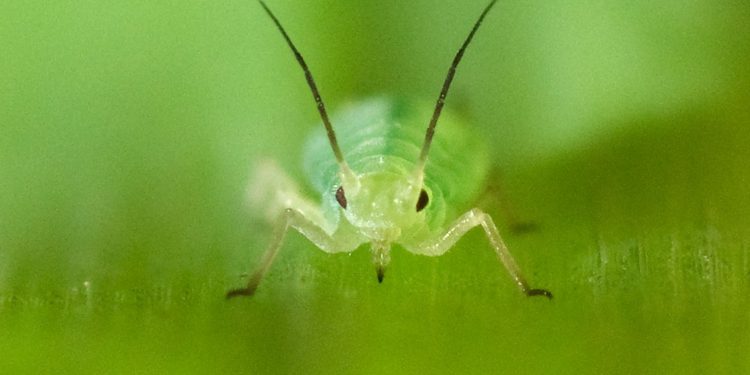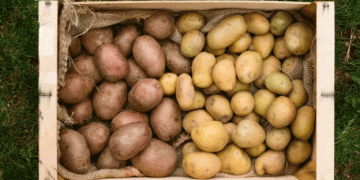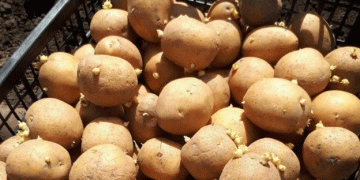Innovative Use of Spike Proteins to Combat Crop Viruses
Aphids, the tiny insects notorious for their sap-sucking habits, have long posed a significant threat to crops worldwide. Beyond their direct damage, aphids are vectors for numerous devastating plant viruses. However, groundbreaking research from the USDA’s Agricultural Research Service (ARS) is poised to turn the tables on these pests using an unexpected ally: the spike protein.
Recent advancements by Michelle Heck, a research molecular biologist at ARS, and her team have revealed a novel approach to stopping aphid-borne diseases. Leveraging the spike protein, typically associated with virus transmission, they have developed a method to prevent these proteins from binding to aphid receptors, thus blocking the viruses from infecting the insects.
The spike protein, known for its role in transmitting coronaviruses, is also critical in the transmission of poleroviruses, which affect economically important crops such as soy and cotton. Using X-ray crystallography, Heck’s team deciphered the structure of the spike protein, a major milestone that has eluded researchers since the 1960s. This structural insight allows scientists to understand how the protein functions in its entirety, akin to seeing how an engine works by examining it intact.

With this knowledge, Heck and her former graduate student, Jennifer Wilson, synthesized free-floating spike proteins that mimic those on the surface of viruses but lack the actual viral content. When these proteins were fed to aphids, they occupied the receptors in the aphid cells, preventing real viruses from binding and infecting the insects. This innovative strategy effectively halts the transmission of the viruses by the aphids.
The implications of this discovery are profound. Published in Nature Communications, this research marks a revolutionary step in plant protection. Unlike conventional pesticides, which can have harmful side effects, the spike protein is non-toxic and could be integrated safely into agricultural practices. Additionally, the research indicates that these spike proteins may combat a broader spectrum of related viruses.
Moreover, the spike proteins demonstrated high lethality to aphids, suggesting potential as a novel insecticide. This dual action—blocking virus transmission and killing the pests—could be a game-changer in crop protection. The preferred method of delivery would be through transgenic plants expressing the spike protein, a strategy currently being explored by new graduate students in Heck’s laboratory, Stephanie Preising and Michael West-Ortiz.
As with all new agricultural technologies, the free spike proteins will undergo rigorous testing to ensure safety before field application. Nevertheless, Heck’s pioneering work represents a significant advancement in the fight against aphid-borne diseases, offering a potent new tool for farmers and researchers alike.






